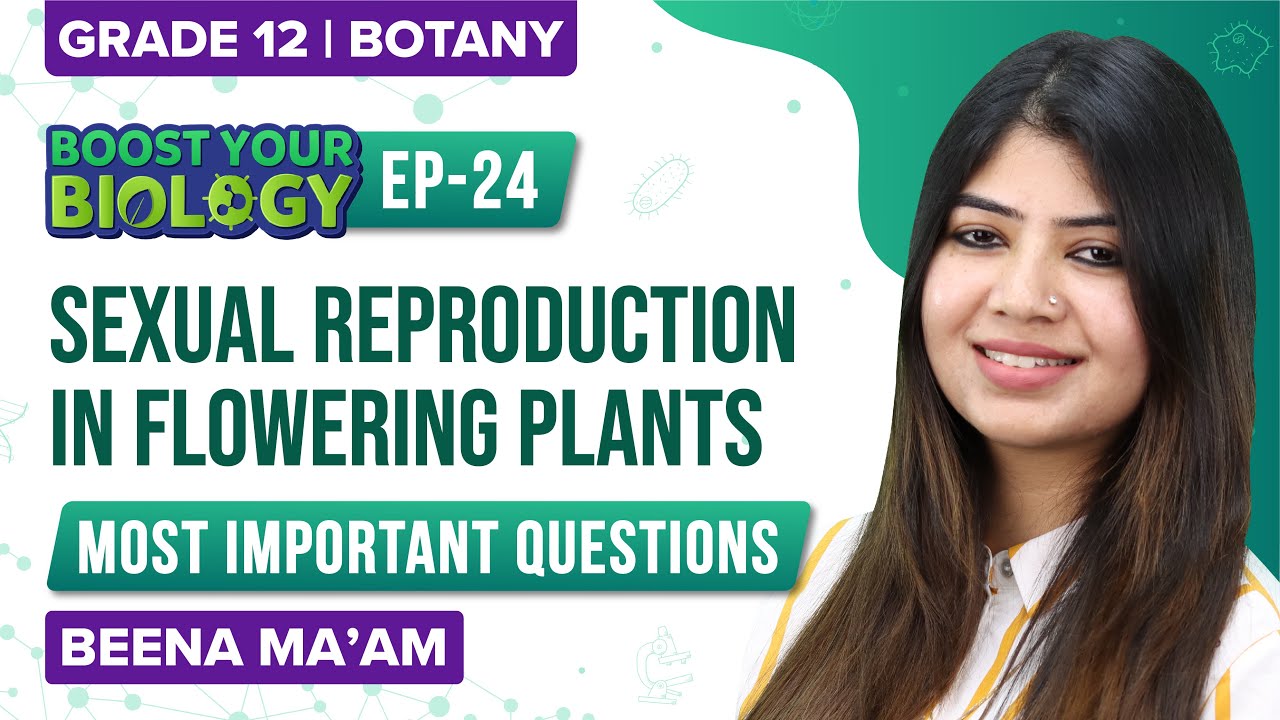Flowers are the sexual reproductive organs in plants. They are the result of 125 million years of evolution. Today, there are nearly 400,000 species of plants, out of which, 94 per cent are flowering plants. They have dedicated reproductive structures that are grouped into male (Androecium) and female (Gynoecium) parts.
Apart from these structures, flowering plants need external aid to carry the pollen and ovules from place to place. These may include wind, water, insects and other animals. Learn more about sexual reproduction in flowering plants by exploring Biology revision notes chapter 2 – Sexual Reproduction in Flowering Plants.

CBSE Notes for Class 12 Biology Chapter 2 Sexual Reproduction in Flowering Plants
Further Reading:
| Flower – Parts And Functions | Reproduction |
| Respiration In Plants | Photosynthesis |
Frequently asked Questions on CBSE Class 12 Biology Notes Chapter 2: Sexual Reproduction in Flowers
What are the uses of ‘Photosynthesis’?
During photosynthesis, plants trap light energy with their leaves. Plants use the energy of the sun to change water and carbon dioxide into a sugar called glucose.
What are the reproduction structures?
As a plant’s reproductive part, a flower contains a stamen (male flower part) or pistil (female flower part), or both, plus accessory parts such as sepals, petals and nectar glands.
How many species of plants are there in the world?
Scientists have estimated that there are around 8.7 million species of plants and animals in existence.
Comments